Resources
Dynamic Host Configuration Protocol (DHCP)
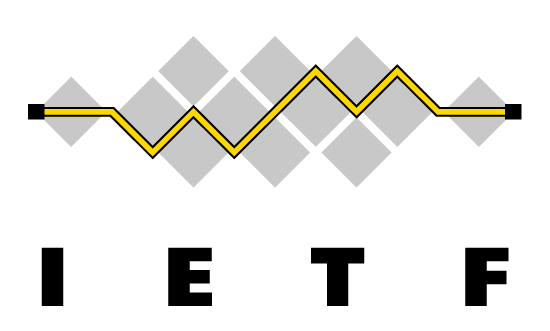
The Dynamic Host Configuration Protocol (DHCP) provides a framework for passing configuration information to hosts on a TCPIP network. DHCP allows a computer to join an IP-based network without having a pre-configured IP address. DHCP assigns unique IP addresses to devices, then releases and renews these addresses as devices leave and re-join the network. DHCP parameters include the IP address, subnet mask, default gateway and DNS addresses.
Link to RFC 2131
Link to Wikipedia
Dynamic Host Configuration Protocol for IPv6 (DHCPv6)
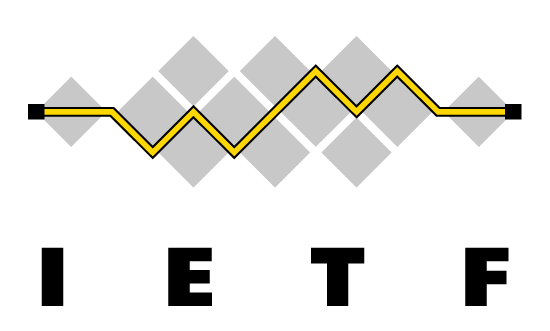
The Dynamic Host Configuration Protocol for IPv6 (DHCP) enables DHCP
servers to pass configuration parameters such as IPv6 network
addresses to IPv6 nodes. It offers the capability of automatic
allocation of reusable network addresses and additional configuration
flexibility.
Link to RFC 3315
Link to Wikipedia
Hypertext Transfer Protocol (HTTP)
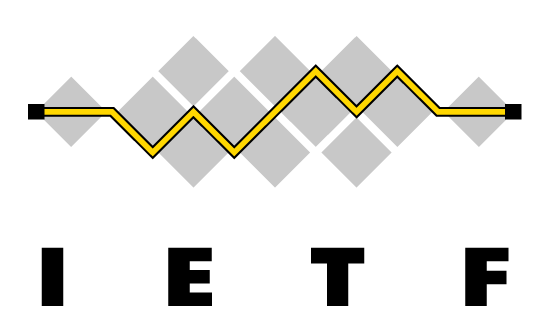
HTTP is short for HyperText Transfer Protocol, the underlying protocol used by the World Wide Web. HTTP defines how messages are formatted and transmitted, and what actions Web servers and browsers should take in response to various commands.
Link to RFC 2616
Link to Wikipedia
Simple Network Management Protocol (SNMP)
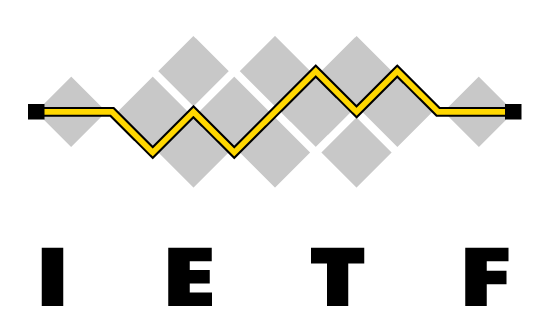
SNMP is a standard TCP/IP protocol for network management. Network administrators use SNMP to monitor and map network availability, performance, and error rates. SNMP is covered by numerous IETF RFC's.
Link to RFC 3411
Link to Wikipedia
Transmission Control Protocol (TCP)
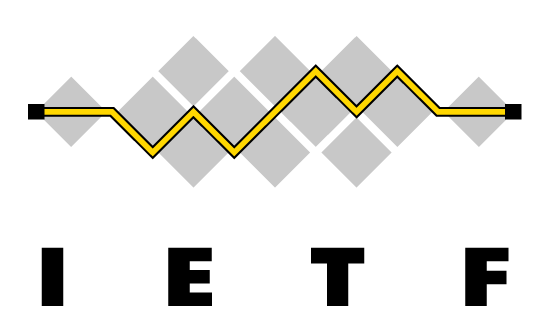
TCP is one of the main protocols in TCP/IP networks. Whereas the IP protocol deals only with packets, TCP enables two hosts to establish a connection and exchange streams of data. TCP guarantees delivery of data and also guarantees that packets will be delivered in the same order in which they were sent.
Link to RFC 791
Link to Wikipedia
User Datagram Protocol (UDP)
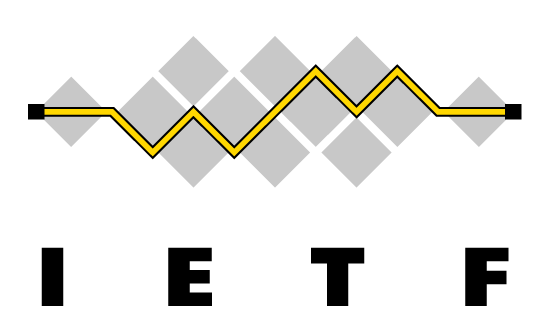
This protocol provides a procedure for application programs to send
messages to other programs with a minimum of protocol mechanism. The
protocol is transaction oriented, and delivery and duplicate protection
are not guaranteed. Applications requiring ordered reliable delivery of
streams of data should use the Transmission Control Protocol (TCP).
Link to RFC 768
Link to Wikipedia
